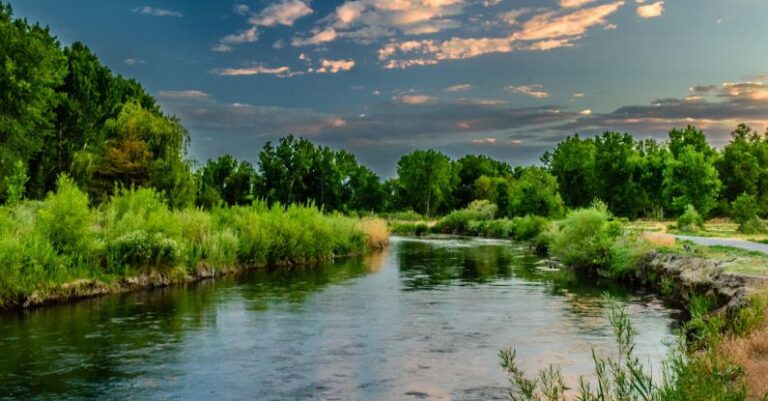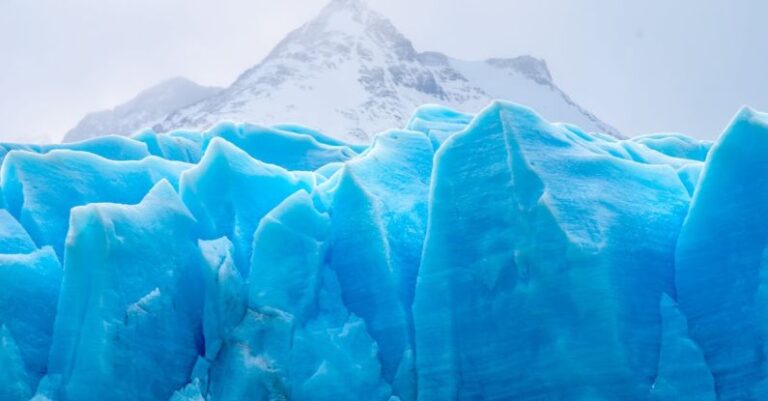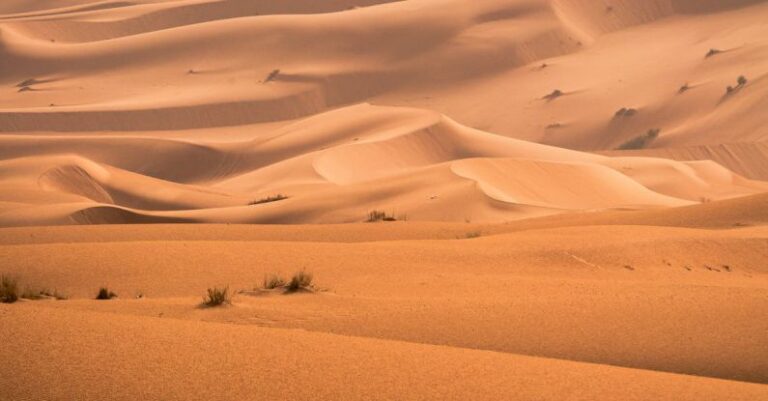
Plate tectonics is a fundamental concept in the field of geology that explains the movement and interaction of the Earth’s lithosphere, which is comprised of large, rigid plates that float on the semi-fluid asthenosphere beneath them. The theory of plate tectonics has revolutionized our understanding of the Earth’s geology and has provided insights into various geological phenomena, including earthquakes, volcanoes, and mountain formation. One of the most significant impacts of plate tectonics is its influence on the geography of the Earth.
**The Formation of Landforms**
Plate tectonics plays a crucial role in shaping the Earth’s surface and creating various landforms that we see today. The movement of tectonic plates can result in the formation of mountains, valleys, and ocean basins. When two plates converge, one plate may be forced beneath the other in a process known as subduction, leading to the formation of mountain ranges, such as the Andes in South America and the Himalayas in Asia. On the other hand, when plates move apart, new crust is created at mid-ocean ridges, resulting in the formation of ocean basins and volcanic islands, like Iceland.
**Earthquakes and Volcanoes**
The movement of tectonic plates also leads to the occurrence of earthquakes and volcanic eruptions. Earthquakes are caused by the sudden release of energy along faults where tectonic plates are in contact. For instance, the Pacific Ring of Fire is a region where the majority of the world’s earthquakes and volcanic activities occur due to the collision of several tectonic plates. Volcanic eruptions, on the other hand, are often associated with subduction zones, where one plate is forced beneath another, leading to the melting of rock and the formation of magma that can erupt onto the surface.
**Continental Drift and Pangaea**
The theory of plate tectonics also provides an explanation for the movement of continents over millions of years. The concept of continental drift suggests that the Earth’s landmasses were once joined together in a supercontinent known as Pangaea. Over time, the tectonic plates carrying the continents have moved apart, leading to the current configuration of the continents. This movement has not only influenced the geography of the Earth but has also affected the distribution of flora and fauna across different continents.
**Climate and Ocean Currents**
Plate tectonics can also influence climate patterns and ocean currents by affecting the distribution of landmasses and the shape of ocean basins. For example, the Himalayas act as a barrier that blocks the cold winds from the north, influencing the climate of the Indian subcontinent. Additionally, the shape of ocean basins can impact the circulation of ocean currents, affecting regional climates and marine ecosystems. The movement of tectonic plates can also lead to changes in sea levels, which can further influence coastal geography and ecosystems.
**Human Activities and Plate Tectonics**
Human activities are also influenced by plate tectonics, particularly in regions prone to geological hazards such as earthquakes and volcanic eruptions. Understanding the tectonic setting of an area is crucial for urban planning, infrastructure development, and disaster preparedness. For example, building codes in earthquake-prone regions are designed to withstand ground shaking, and volcanic monitoring systems help to mitigate the risks associated with volcanic eruptions.
In conclusion, plate tectonics is a fundamental geological concept that profoundly influences the geography of the Earth. From the formation of landforms to the occurrence of earthquakes and volcanic eruptions, the movement of tectonic plates shapes the physical features of our planet and impacts various natural processes. By studying plate tectonics, scientists can gain insights into the dynamic nature of the Earth and better understand the interactions between geology, geography, and the environment.





